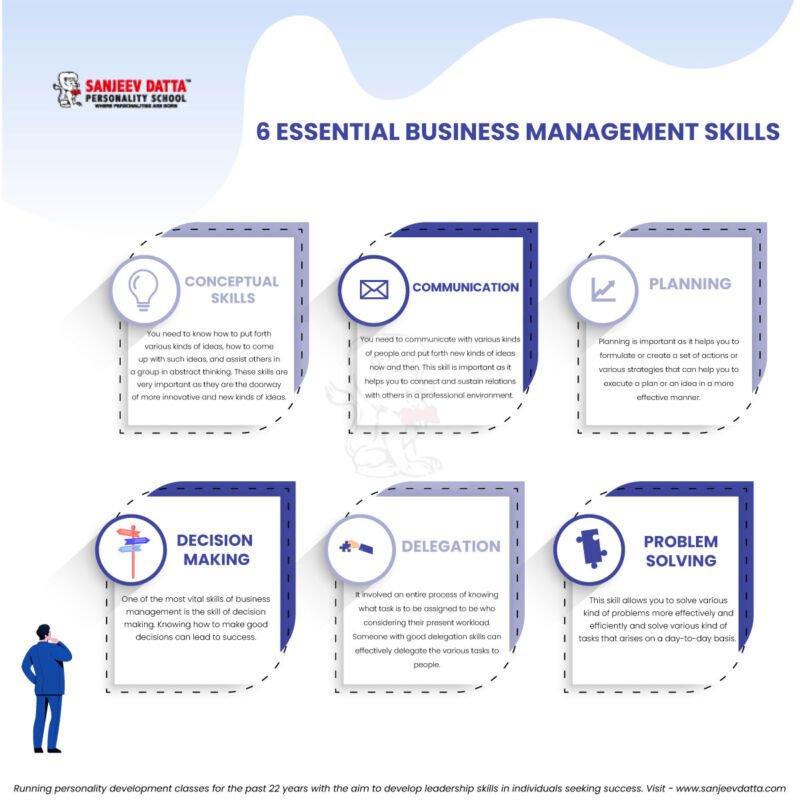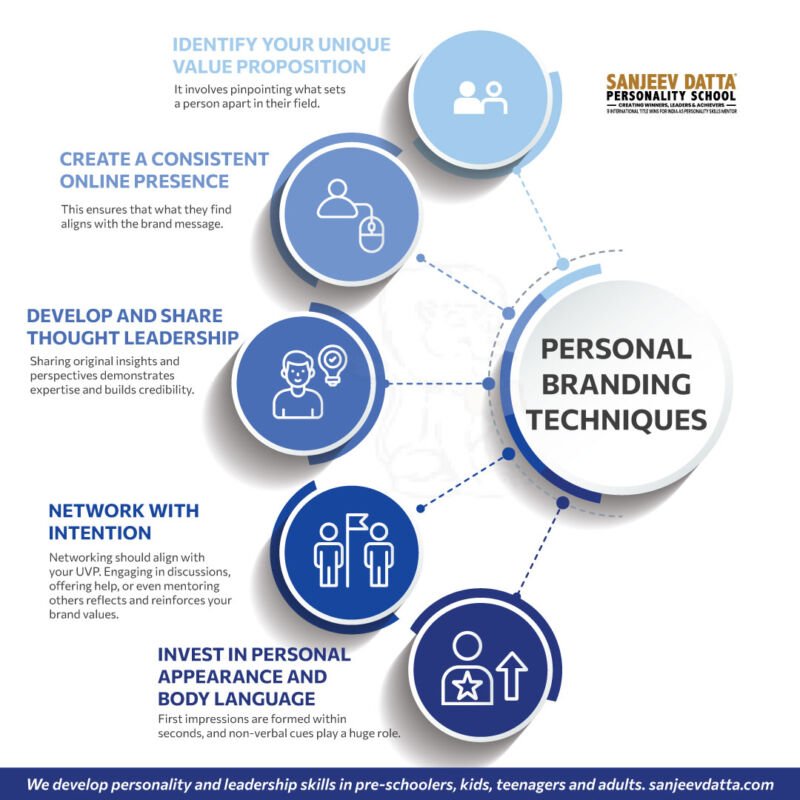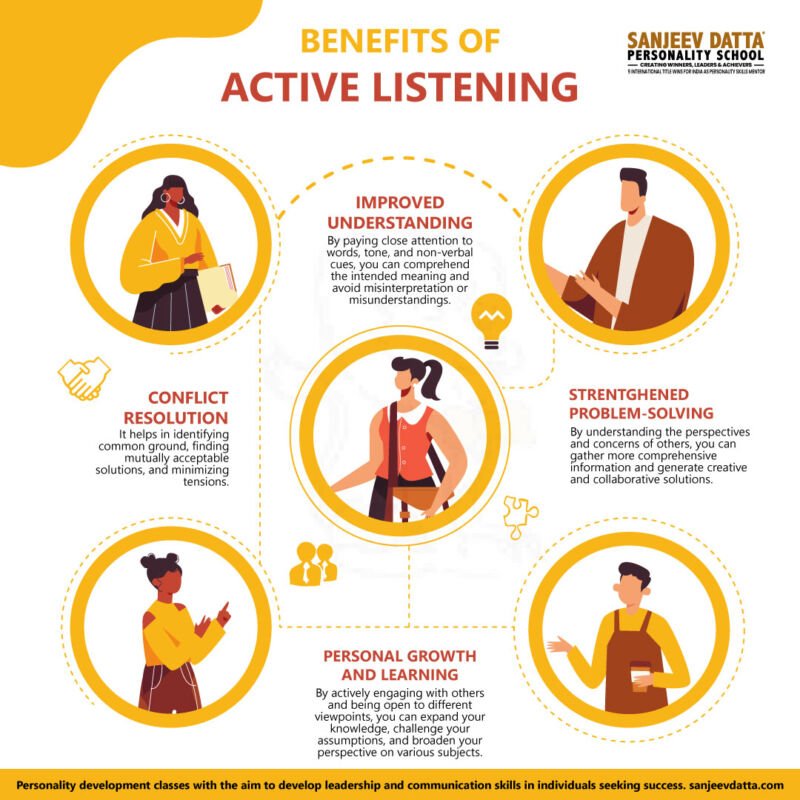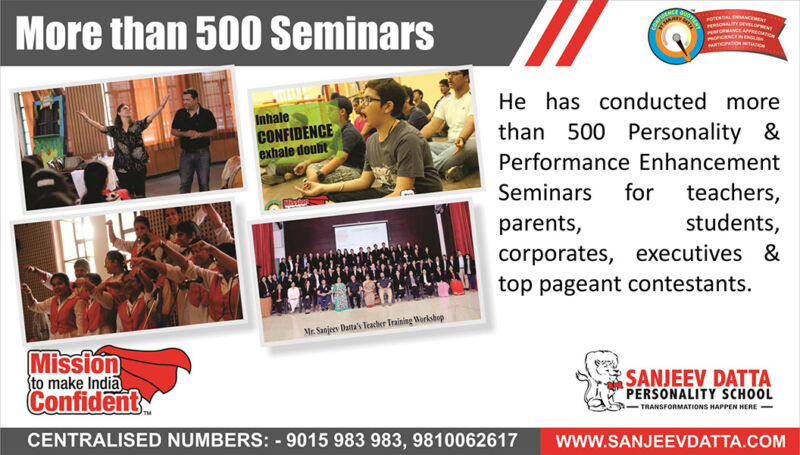Here’s what most teenagers and their parents don’t realize—college admissions isn’t just about grades and test scores anymore. Over 36% of admissions officers admitted to checking applicants’ social media to learn more about them, with that number rising to 70% by 2025, according to recent surveys. Your teenager’s digital footprint, personal narrative, and authentic self-expression are now part of their application package, whether you like it or not. Building a strong personal brand before college isn’t about manufactured perfection or creating a fake online persona. Your personal brand is your unique mixture of skills, experiences, personality, and values that you want to share with the world – the authentic “you” distilled into a compelling narrative that makes admissions officers (and eventually employers) understand who you are at a deeper level.
The teenagers who stand out in the increasingly competitive college admissions landscape aren’t necessarily the ones with perfect grades or the longest activity lists. They’re the ones who’ve developed clear personal narratives, demonstrated genuine passions, built meaningful digital presence, and cultivated the kind of authentic confidence that comes from knowing exactly who they are and what they stand for.
Understanding Personal Branding for the College Generation
What Personal Branding Actually Means for Teens?
Personal branding for teenagers isn’t about becoming an influencer or creating a fake professional persona. Social media functions as a digital extension of a personal essay, allowing students to present a well-rounded picture of themselves beyond the constraints of traditional application formats.
Core Elements of Teen Personal Branding:
- Your unique combination of interests and passions
- The values and causes you genuinely care about
- Skills and talents you’ve developed
- The impact you’ve made in your communities
- How you present yourself across digital platforms
- The reputation you’ve built through your actions
What Makes a Strong Personal Brand:
- Authenticity rooted in genuine interests
- Consistency across platforms and interactions
- Clear demonstration of values through actions
- Unique perspective or approach
- Evidence of growth and self-awareness
- Alignment between what you say and what you do

Why Personal Branding Matters More Than Ever?
Colleges want to know who they’re admitting beyond grades and scores. A glowing application can be undermined by offensive content or questionable behavior online, while involvement in causes, creative projects, or academic interests can actually enhance a candidate’s appeal.
The Admissions Reality:
- 28% of colleges indicate a student’s online presence has affected admissions decisions
- 38% of admissions officers found social media positively impacted admission decisions
- 32% found social media negatively impacted admission decisions
- An empty or neutral digital presence won’t help college admissions chances
Beyond College Admissions:
- Employers increasingly check social media before hiring
- Professional networks begin forming in high school
- Scholarship committees review online presence
- Leadership opportunities go to those with established reputations
- College success depends partly on personal brand strength
The Authenticity Principle
The strongest personal brands are real reflections of who you actually are, rather than forcing yourself to pursue things that don’t really align with who you are. Authenticity isn’t just ethically right – it’s strategically smart.
Why Authenticity Matters:
- Admissions officers spot inauthentic branding instantly
- Sustainable success requires genuine interest
- Real passion creates compelling narratives
- Authentic content is easier to maintain long-term
- People connect with a genuine personality
Building Your Foundation: Self-Discovery and Clarity
1. Identifying Your Core Values and Passions
Before building your brand externally, understand yourself internally. What actually matters to you? What genuinely excites you?
Self-Discovery Questions:
- What activities make you lose track of time?
- Which issues or causes genuinely anger or inspire you?
- What skills come naturally or feel rewarding to develop?
- What do friends and teachers consistently praise about you?
- If money and prestige weren’t factors, what would you pursue?
- What problems in your community do you want to solve?
Finding Your Unique Angle:
- What combination of interests sets you apart?
- Where do your passions intersect in interesting ways?
- What perspective do you bring that others don’t?
- Which experiences have shaped how you see the world?
- What can you offer that’s genuinely different?
2. Defining Your Personal Narrative
Your personal narrative is the coherent story of who you are, what you care about, and where you’re going. An example might be “social justice-focused activist with specific focus on disability rights” – something that defines who you are and what you care about.
Crafting Your Narrative:
- Identify 3-5 core themes that define you
- Find the through-line connecting your activities
- Articulate why you care about what you do
- Explain how your past shapes your future goals
- Create a language description of yourself
Testing Your Narrative:
- Can you explain it in 30 seconds?
- Does it feel authentic when you say it?
- Would people who know you recognize it?
- Does it encompass your major interests and values?
- Is it specific enough to be memorable?

Digital Presence: Building Your Online Brand
1. Social Media Strategy for College-Bound Teens
Personal and college-oriented social media activities do not mix. The content you should be sharing with colleges is very different than the content you are willing to share with your friends and peers. Consider using less popular teen platforms like LinkedIn, Twitter, or Facebook to build your college-facing digital presence.
Platform-Specific Strategies:
Instagram:
- Showcase achievements, projects, and passions visually
- Use stories for authentic glimpses into your activities
- Create highlight reels for major accomplishments
- Share behind-the-scenes of your interests
- Maintain aesthetic consistency that reflects your brand
LinkedIn:
- Professional profile highlighting academic and extracurricular achievements
- Connect with professionals in fields of interest
- Share articles and insights about your passion areas
- Request recommendations from mentors and teachers
- Join relevant professional and student groups
Twitter:
- Follow thought leaders in your areas of interest
- Engage thoughtfully in industry discussions
- Share insights about topics you’re passionate about
- Demonstrate intellectual curiosity and current awareness
- Build a professional network early
TikTok/YouTube:
- Create educational content about your interests
- Document projects and learning journeys
- Showcase talents and skills dynamically
- Build community around shared passions
- Demonstrate creativity and communication skills
2. Creating a Personal Website or Portfolio
Build a personal website to showcase achievements, activities, volunteerism, and a portfolio of work. It’s relatively easy to choose a website platform, register a domain, and select a web hosting plan.
Essential Website Elements:
- Professional “About Me” section with your narrative
- Portfolio of best work (projects, writing, art, etc.)
- Resume or achievements page
- Blog or articles demonstrating expertise
- Contact information and social media links
- Testimonials or recommendations
- Clear navigation and professional design
Domain and Email Professionalism:
- Register yourname.com if available
- Create professional email: firstname.lastname@domain.com
- Use a professional email signature with links to the website and LinkedIn
- Include full name, grade/high school, contact info, and quality photo
3. Digital Cleanup and Reputation Management
Before starting, clean up by removing dormant, inappropriate profiles, including images containing nudity, alcohol, drugs, or offensive language. Tagged photos are often forgotten about when cleaning up and rebranding social media.
Digital Audit Checklist:
- Google your name and review all results
- Check every social media platform you’ve ever used
- Review all photos you’re tagged in
- Read through old posts, comments, and interactions
- Check privacy settings on all platforms
- Remove or archive questionable content
- Update outdated profiles or delete them
Ongoing Reputation Management:
- Set Google Alerts for your name
- Regularly review privacy settings (they change)
- Think before posting anything
- Remember, even private content can become public
- Build positive content to push down old content
- Ask friends to remove the inappropriate tagged photos

Demonstrating Your Brand Through Action
1. Leadership and Initiative
Leadership opportunities don’t always come with titles – sometimes you create them through initiative and vision.
Leadership Development Opportunities:
- Start clubs focused on your passions
- Organize community service projects
- Lead initiatives within existing organizations
- Mentor younger students
- Coordinate events or campaigns
- Take on visible roles in school activities
Documenting Leadership:
- Keep records of what you’ve organized
- Collect testimonials from people you’ve led
- Document impact through numbers and stories
- Take photos of events and projects
- Write reflections on lessons learned
- Create case studies of successful initiatives
2. Community Service and Social Impact
Share content demonstrating your involvement in leadership activities or community service. Highlight initiatives that demonstrate your involvement, showcasing actionable results and impacts, such as funds raised or community members served.
Impact-Focused Service:
- Choose causes aligned with your values
- Commit to sustained involvement, not one-offs
- Document the actual impact of your work
- Take leadership roles in service organizations
- Create innovative approaches to community problems
- Connect service to your broader narrative
Showcasing Service Effectively:
- Post about campaigns you led for local charities
- Share specific results and measurable impact
- Include testimonials from community members
- Show collaboration with organizations
- Explain why these causes matter to you
- Demonstrate sustained commitment over time
3. Academic Excellence Beyond Grades
Showcase academic accomplishments, such as awards, projects, or research, to demonstrate your commitment to learning and intellectual curiosity.
Academic Brand Building:
- Pursue independent research in interest areas
- Enter academic competitions and contests
- Write articles about topics you’re studying
- Present at conferences or symposiums
- Create educational content for others
- Take advanced courses in passion areas
Demonstrating Intellectual Curiosity:
- Share content engaging with academic topics
- Discuss books, articles, or research you’re exploring
- Ask thoughtful questions in online discussions
- Connect classroom learning to real-world issues
- Show how you pursue learning beyond requirements
Understanding that comprehensive development requires more than just checking boxes on college applications, teenagers who invest in structured personality development for kids programs that integrate character building, communication skills, leadership training, and emotional intelligence alongside their academic pursuits develop the authentic confidence, self-awareness, and interpersonal capabilities that make personal brands compelling rather than contrived.

Building Professional Skills and Networks
1. Internships and Real-World Experience
Real-world experience separates you from peers whose accomplishments exist only in school contexts.
Securing Meaningful Opportunities:
- Reach out to professionals in fields of interest
- Offer to volunteer or intern without pay initially
- Look for programs connecting teens with organizations
- Create your own opportunities through initiative
- Document everything you learn and accomplish
Maximizing Experience Value:
- Treat every opportunity professionally
- Build relationships with supervisors and colleagues
- Request recommendations and testimonials
- Connect experiences to your personal narrative
- Share insights from your work online appropriately
2. Networking and Relationship Building
Professional networks begin forming in high school for those strategic enough to cultivate them.
Teen Networking Strategies:
- Attend industry events and conferences in interest areas
- Reach out to professionals for informational interviews
- Join professional organizations with student memberships
- Connect with alumni from your high school in relevant fields
- Maintain relationships through periodic check-ins
- Offer value before asking for anything
Digital Networking:
- Connect on LinkedIn with purpose, not just for collection
- Engage meaningfully with content from your network
- Share insights that demonstrate your knowledge
- Comment thoughtfully on others’ posts
- Ask smart questions that show your thinking
- Thank people publicly for their help and guidance
3. Public Speaking and Communication
Communication skills separate good students from compelling candidates.
Building Communication Excellence:
- Join the debate team or speech competitions
- Present at school assemblies or community events
- Create video content explaining your passions
- Write for school publications or blogs
- Practice elevator pitches about yourself
- Develop storytelling abilities
Sharing Your Personal Narrative Through Video:
- Create 90-second introduction videos
- Stay on message and speak clearly
- Dress appropriately and choose a good background
- Show personality while remaining professional
- Share on appropriate platforms
- Update periodically as you grow
Strategic College Engagement
1. Following and Engaging With Target Schools
Follow colleges from your LinkedIn account. Most colleges are very active on social media. Follow the main college account, specific schools within the college, and professors who teach at those schools to build community and show interest.
Strategic College Following:
- Follow all colleges you’re seriously considering
- Engage authentically with their content (likes, thoughtful comments)
- Attend virtual events and webinars they host
- Request information using your professional email
- Track your digital engagement (colleges measure interest)
- Participate in online prospective student communities
Demonstrating Genuine Interest:
- Share why you’re interested in specific programs
- Ask intelligent questions on college social media
- Attend on-campus or virtual visits
- Connect with current students at target schools
- Mention specific professors or programs in interactions
- Show you’ve done research beyond surface level
2. Making Your Interest Visible
When you register with colleges using the email you created for professional purposes, enrollment management algorithms track your digital engagement with that college’s digital content. This measurable digital engagement will increase your likelihood of enrolling.
Increasing Engagement Metrics:
- Open and click through college emails
- Spend time on college websites
- Watch videos and view virtual tours
- Download program materials and guides
- Engage with social media content
- Attend information sessions
- Complete surveys and questionnaires
Developing Character and Soft Skills
1. Emotional Intelligence and Self-Awareness
Character qualities like integrity, resilience, empathy, and self-awareness become part of your brand through consistent demonstration.
EQ Development:
- Reflect regularly on your actions and motivations
- Seek feedback from trusted mentors
- Work on understanding others’ perspectives
- Practice managing emotions constructively
- Develop conflict resolution skills
- Show vulnerability and a growth mindset
Demonstrating Character:
- Handle setbacks publicly with grace
- Acknowledge mistakes and learning
- Stand up for values even when difficult
- Support others publicly and privately
- Show consistency between words and actions
2. Growth Mindset and Continuous Learning
Demonstrate through your online presence and activities that you’re someone who seeks growth and embraces challenges.
Showcasing Growth:
- Share what you’re currently learning
- Document skill development journeys
- Discuss books, courses, or resources you’re using
- Show progression in your areas of focus
- Acknowledge past mistakes and lessons learned
- Set public goals and update progress
For teenagers ready to transform from simply students with good grades into well-rounded young adults with compelling personal brands, participating in comprehensive personality development course programs that address communication, leadership, emotional intelligence, professional presence, and character development provides the integrated skill-building that makes the difference between teenagers who list activities and teenagers who embody authentic, differentiated personal brands that open doors throughout college and beyond.

Maintaining and Evolving Your Brand
1. Consistency Across Touchpoints
Every interaction – online and offline – either reinforces or contradicts your personal brand.
Consistency Checklist:
- Does your social media align with your stated values?
- Do your activities match your expressed interests?
- Does your in-person behavior reflect your online persona?
- Are you consistent in how you describe yourself?
- Do others describe you the way you describe yourself?
Regular Brand Audits:
- Monthly review of all social media content
- Quarterly assessment of activities and alignment
- Annual reflection on narrative evolution
- Seek feedback from mentors about perception
- Adjust as you grow while maintaining core identity
2. Evolving Without Losing Authenticity
You’ll grow and change during high school – your brand should evolve while remaining authentic.
Healthy Brand Evolution:
- Allow interests to deepen or shift naturally
- Don’t abandon core values, but refine understanding
- Document your growth and learning journey
- Explain changes rather than hiding them
- Stay curious about new areas while honoring old passions
- Let your narrative become more sophisticated over time
career planning for high school students
Common Mistakes and How to Avoid Them
1. Over-Curating to the Point of Fakeness
The biggest mistake is creating a persona so curated that it doesn’t reflect reality.
Warning Signs:
- You can’t sustain the image you’ve created
- You’re pursuing activities you hate for resume value
- Your brand doesn’t match how friends would describe you
- You feel exhausted maintaining your online presence
- You’ve become someone you don’t recognize
Staying Authentic:
- Choose activities you genuinely care about
- Share unfiltered moments alongside achievements
- Admit when you’re struggling or learning
- Let personality show through your content
- Check in regularly with yourself about alignment
2. Neglecting Offline Reputation
Your personal brand isn’t just online – it’s how you show up everywhere.
Offline Brand Building:
- Treat everyone with respect consistently
- Follow through on commitments
- Show up prepared and engaged
- Be reliable and trustworthy
- Build genuine relationships, not just networks
- Let actions speak louder than online words
3. Trying to Be Everything to Everyone
A weak brand tries to appeal to everyone. A strong brand has a clear identity.
Finding Your Focus:
- You can’t be interested in everything deeply
- Choose 2-3 core themes and go deep
- It’s okay to have a niche focus
- Specificity makes you memorable
- Depth matters more than breadth
benefits of personality development for entrepreneurs
Frequently Asked Questions (FAQs)
Q. When should teenagers start building their personal brand?
The ideal time to start building a strong personal brand before college is early high school (freshman or sophomore year), giving you 2-3 years to develop authentic interests, build meaningful accomplishments, and establish a consistent digital presence. However, it’s never too late – even juniors can create compelling brands by focusing intensely on authentic passions. The key is starting with self-discovery before external branding, ensuring whatever you build is genuine and sustainable.
Q. How much time should teens spend on personal branding activities?
Personal branding shouldn’t feel like a separate time commitment – it should naturally emerge from activities you’re already doing. Spend 30-60 minutes weekly on digital presence (updating profiles, posting content, engaging online), but most “branding” happens through genuine pursuit of interests, community involvement, and skill development. If personal branding feels overwhelming, you’re probably overthinking it. Focus on authentic engagement in activities you care about, then document and share that authentically.
Q. Will colleges really check my social media accounts?
Yes, increasingly so. Surveys show 36-70% of admissions officers check applicants’ social media accounts, with that number rising annually. However, this isn’t about catching you doing something wrong – it’s about learning more about who you are beyond your application. A thoughtful, positive social media presence can actually enhance your application by providing authentic context and demonstrating consistency with your stated interests and values.
Q. How do I build a personal brand if I’m naturally introverted or private?
Personal branding doesn’t require being extroverted or oversharing. Introverts can build strong brands through thoughtful writing, deep expertise in specific areas, meaningful one-on-one relationships, and quality over quantity in social media presence. Focus on platforms like LinkedIn where professional content matters more than personality, create a strong website portfolio, and let your work speak for you. Authenticity matters more than visibility.
Q. What if my interests change – will that hurt my brand?
Growth and evolution actually strengthen your brand when communicated authentically. Document your journey, explain what you’re learning, and show how new interests connect to or expand your core values. Admissions officers appreciate self-awareness and growth. The problem isn’t changing interests – it’s jumping randomly between unconnected activities without clear reasoning. Show the through-line even as specific interests evolve.
Q. How do I balance college-focused branding with just being a teenager?
Maintain separate social media accounts for different audiences if needed. Use Instagram for friends and LinkedIn/Twitter for professional presence. Remember that colleges want authentic teenagers, not manufactured adults. Include fun, age-appropriate content showing personality alongside achievements. The goal isn’t perfection – it’s presenting yourself as a thoughtful, engaged young person with genuine interests and values. Don’t sacrifice your teenage years for college admissions.
Q. Can I fix a negative online presence, or do I need to start over?
Most negative content can be addressed through strategic cleanup and positive content creation. Delete or make private old content, tighten privacy settings, and begin creating positive content that pushes older content down in search results. If problematic content exists, address it honestly in applications if necessary. Demonstrate growth and learning. Starting completely over (new accounts) can work, but it seems suspicious if your digital footprint disappears entirely. Better to show evolution.
Q. How detailed should my personal website be, and what should I include?
Your personal website should be comprehensive enough to showcase your best work but focused enough to maintain a clear narrative. Essential elements include a professional About section (200-300 words), a portfolio of 5-10 best projects/achievements, a resume or activities list, blog or writing samples (optional), contact information, and social media links. Update quarterly with new accomplishments. Keep the design clean and professional. Quality matters more than quantity.
Conclusion: Your Brand Opens Doors You Can’t Even See Yet
Building a strong personal brand before college isn’t about gaming the admissions system or creating a fake persona that impresses strangers. It’s about the infinitely more valuable process of understanding yourself deeply, pursuing genuine passions with commitment, developing skills that matter, building relationships that enrich your life, and learning to communicate who you are compellingly and authentically.
The teenagers who do this work enter college with massive advantages. They know what they want to study and why. They have networks that open doors to internships and opportunities. They’ve developed confidence from genuine accomplishment. They understand how to present themselves professionally. They’ve built a digital presence that attracts rather than repels opportunities.
But even more importantly, they’ve developed self-awareness, authenticity, and purpose that serve them throughout their entire lives. The personal brand you build in high school becomes the foundation for everything that follows – college success, career advancement, leadership opportunities, and personal fulfillment.
Start today with one simple step: define three words that capture who you are at your core. Not who you think colleges want you to be, but who you actually are when you’re most yourself. Then ask whether your activities, online presence, and daily choices reflect those three words. That alignment – between your authentic self and how you show up in the world – is what personal branding really means.
Your future is being shaped right now by the choices you make, the content you create, the relationships you build, and the person you’re becoming. Make those choices intentionally. Show up authentically. Build something real.
The opportunities waiting for you on the other side of this work – the college acceptances, the scholarships, the connections, the confidence, the clarity about who you are and what you want – they’re worth every ounce of effort you invest in building your personal brand today.


